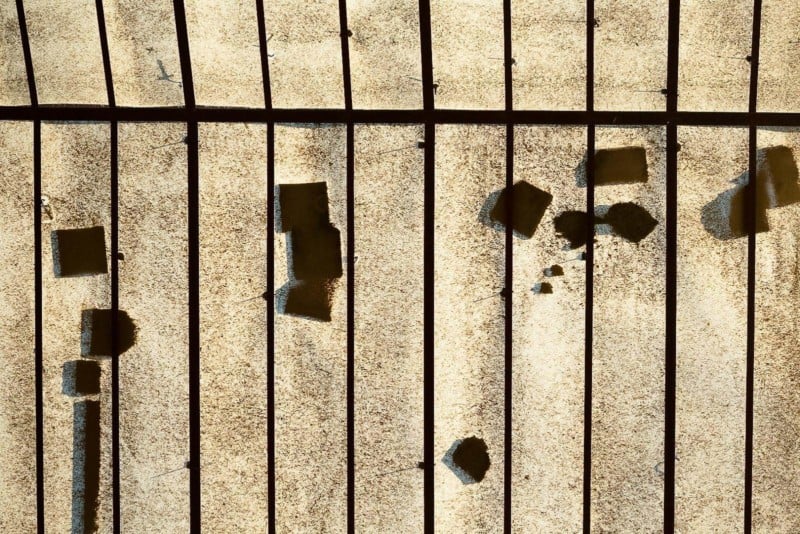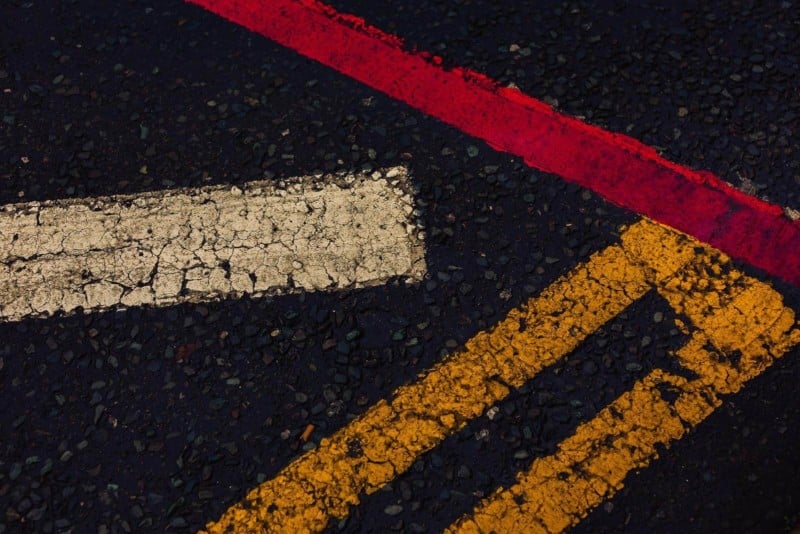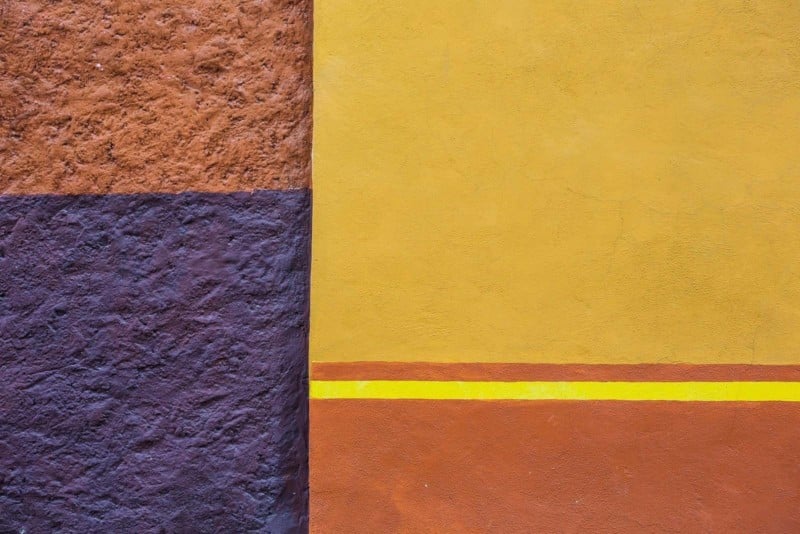![]()
I don’t consider myself a genre-specific photographer. For me, sticking to specific genres is so limiting. I like to go out, explore the world, and see what attracts my eye.
So although I am going to share some ideas about abstract photography – it’s not definitive or exclusive.
These ideas and photos are aimed at inspiring you and sparking ideas for your photography.
Of all the arts, abstract painting is the most difficult. It demands that you know how to draw well, that you have a heightened sensitivity for composition and for colors, and that you be a true poet. This last is essential. —Wassily Kandinsky
And I feel the same is true of abstract photography. It seems easy and simple – but in fact requires real attention, a ‘heightened sensitivity’ to both composition and to the world around you.
![]()
So What is Abstract Photography?
There are many definitions, but what it means to me is that you are removing the context of the subject so that you don’t know what you are looking at.
You are creating a photo that is all about color, light, shape, form, or texture.
And you are re-forming the world to make your own subjects, things that are not what they appear to be in real life.
It’s a really fun medium to play with because I think so much of photography can be about recreating reality. This genre is about breaking rules and escaping reality.
My definition of an abstract image is when someone looks at it and they say: what is that?
![]()
1. Abstraction is Pure Imagination
I talk about imagination a lot in my courses because imagination is so important to my photography.
It’s all about looking around the world and letting my imagination run completely free.
Asking questions and dreaming up scenarios….
“That reminds me of…”
“That makes me think of… ”
“I wonder what that would look like if…”
To deal with the chaos of life, I escape into the prism of glass, dancing to the visual music in my mind. My photographs express my interior movement from darkness into light and back. —Polly Norman
This to me is like some old broken, 70’s colour TV:


2. Textures
I love to capture textures, and they make a great focus for abstract shots.
Textures are a really easy way to create a feeling in a photo, to translate how something feels when you touch it.
Textures are a way of thinking not just what your subjects look like, but what are the textures that make up the world:
The fronds of long grass. The sleek shine of marble. The unctuous feeling of bread dough. The tense feeling of the grit in the pavement.

3. Reduction
Photography for me is what you take out, not just what you include. Because often people include too much or don’t consider every element of their frame, leaving bits and random pieces in their shot that distract the viewer’s eye.
Abstracts are a great way to focus so completely on your subject, you can be ruthless in reducing what you include in the frame.

4. Abstracts Can Invoke a Feeling of Mystery
Abstraction generally involves implication, suggestion and mystery, rather than obvious description. —Robert Genn
This photo is not maybe what you would think of as abstraction – but to me it looks like a lost head on a moon crater:

Looking at the world beyond the obvious, finding the mysterious all around you – using suggestions and questions…these are all good things to consider.
5. Breaking the World Down into Elements
For me, abstraction is all about having FUN. Making images that are strange or weird or mysterious.
It’s about breaking the world down into elements, but more than that, into its purest forms, making what we see in the world completely about shape, color, light, and form.
It’s not recording a subject but almost inventing your own subjects.
What are the elements that make up our world? What do things look like when disconnected from their whole?
![]()
6. It’s Not Easy Photography
In fact, it’s harder to make abstract photos interesting because there is less going on.
Abstraction forces you to reach the highest level of the basics. —Alan Soffer
It’s celebrating the simplicity of elements, forcing your brain to disassociate from the known and making the simplest of lines and shapes interesting.
![]()
7. Bringing the Essence of Our Subject Out
To abstract is to draw out the essence of a matter. To abstract in art is to separate certain fundamentals from irrelevant material that surrounds them. —Ben Shahn
Using shape and form, color, and light, to create something completely new.
To try and capture the feeling of different elements around you – and bring their inherent qualities to the forefront of your images.
![]()
8. Refreshment for the Eye, and the Imagination!
Abstract images are creating something stripped down and giving the eye and the mind something completely different to look at.
I understand abstract art as an attempt to feed imagination with a world built through the basic sensations of the eyes. —Jean Helion
And I love that! Feeding the imagination, and generating different sensations for the eye to behold.
![]()
9. Perspective
Finding unusual angles for things is a great way to shoot everyday things so they appear untethered from what you usually see.
![]()
![]()
10. Celebrating the Pure Emotional Impact of Form or Color or Light
Abstract art has helped us to experience the emotional power inherent in pure form. —Anton Ehrenzweig
I love anything that is about creating simple images that evoke feeling through colour and shape:
![]()
11. Light
And, of course, because for me everything is about light – playing with light to make your elements more interesting, more imaginative, more exciting to look at. Or even just capturing light by itself.
![]()
![]()
I want to have a lot of fun with my photography.
To play, to be absorbed in it, and to have it really enhance my life.
I hope these ideas have helped spark some ideas about what you can do with your photos this week. Regardless of whether you are inside or able to explore outside.
About the author: Anthony Epes is a photographer whose work has been featured internationally; including on BBC, Photo Magazine, The Guardian and CNN. Each week, he sends out a free newsletter with his very best ideas on how to become a more artistic and creative photographer. Join him on an inspiring journey to bring out the artist in you through the power and joy of photography. This article was also published on anthonyepes.com.
Author: Anthony Epes
Source: Petapixel



